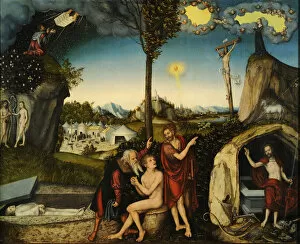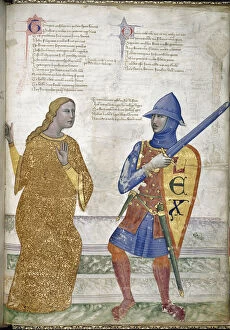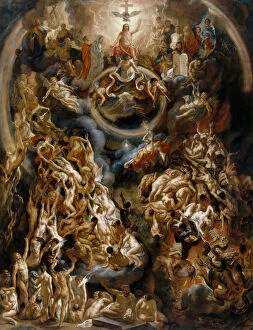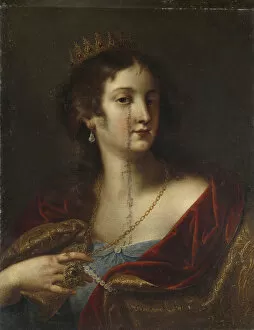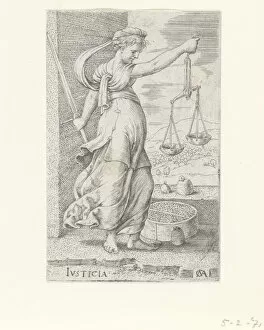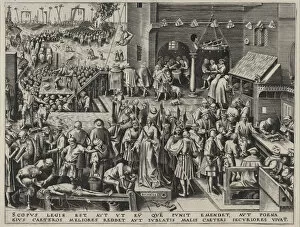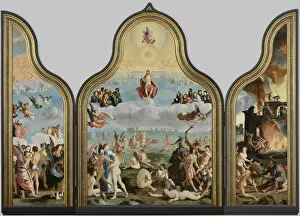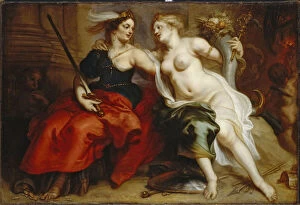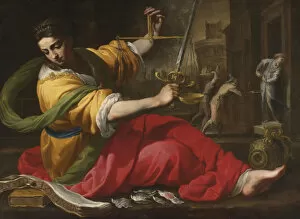Iustitia Collection (#2)
"Iustitia: A Timeless Symbol of Justice and Judgment" Throughout history, the concept of justice has been depicted in various forms of art
For sale as Licensed Images
Choose your image, Select your licence and Download the media
"Iustitia: A Timeless Symbol of Justice and Judgment" Throughout history, the concept of justice has been depicted in various forms of art. From altars to frescoes, renowned artists have sought to capture the essence of "iustitia, " Latin for justice. These captivating artworks provide us with glimpses into different interpretations and representations of this fundamental principle. One such portrayal is found in Lorenzo Lotto's masterpiece, "Saint Lucia Before The Judge. " Painted during the Renaissance period, it showcases Saint Lucia standing before a judge, embodying the ideals of fairness and righteousness. Similarly, Giambattista Tiepolo's "The Last Judgment" transports us to a realm where divine judgment reigns supreme. In Pope Urban I's fresco from the 16th century, we witness an intriguing scene featuring Iustitia alongside Caritas (Charity). This juxtaposition highlights the delicate balance between justice and compassion that must coexist within society. Meanwhile, Carl Spitzweg's painting titled "The Eye of the Law" presents Justitia as a vigilant figure overseeing legal proceedings with her all-seeing eye. Moving forward in time, we encounter Fra Giovanni Angelico's depiction of "The Last Judgment, " which emanates spiritual serenity through its ethereal colors and delicate brushwork. On another note, Anton Maria Zanetti captures Justice personified as Judith in his artwork from 1760 - a symbolical representation emphasizing courage and moral rectitude. An anonymous artist brings us closer to contemporary times with their allegorical representation titled "Allegory of Justice. " Created around 1870, this piece reflects evolving societal values while still honoring timeless principles. Furthermore, Nicolai Abraham Abildgaard’s work on Jurisprudence portrays an allegorical figure representing law intertwined with wisdom. Lastly but not leastly are two depictions from earlier periods.

